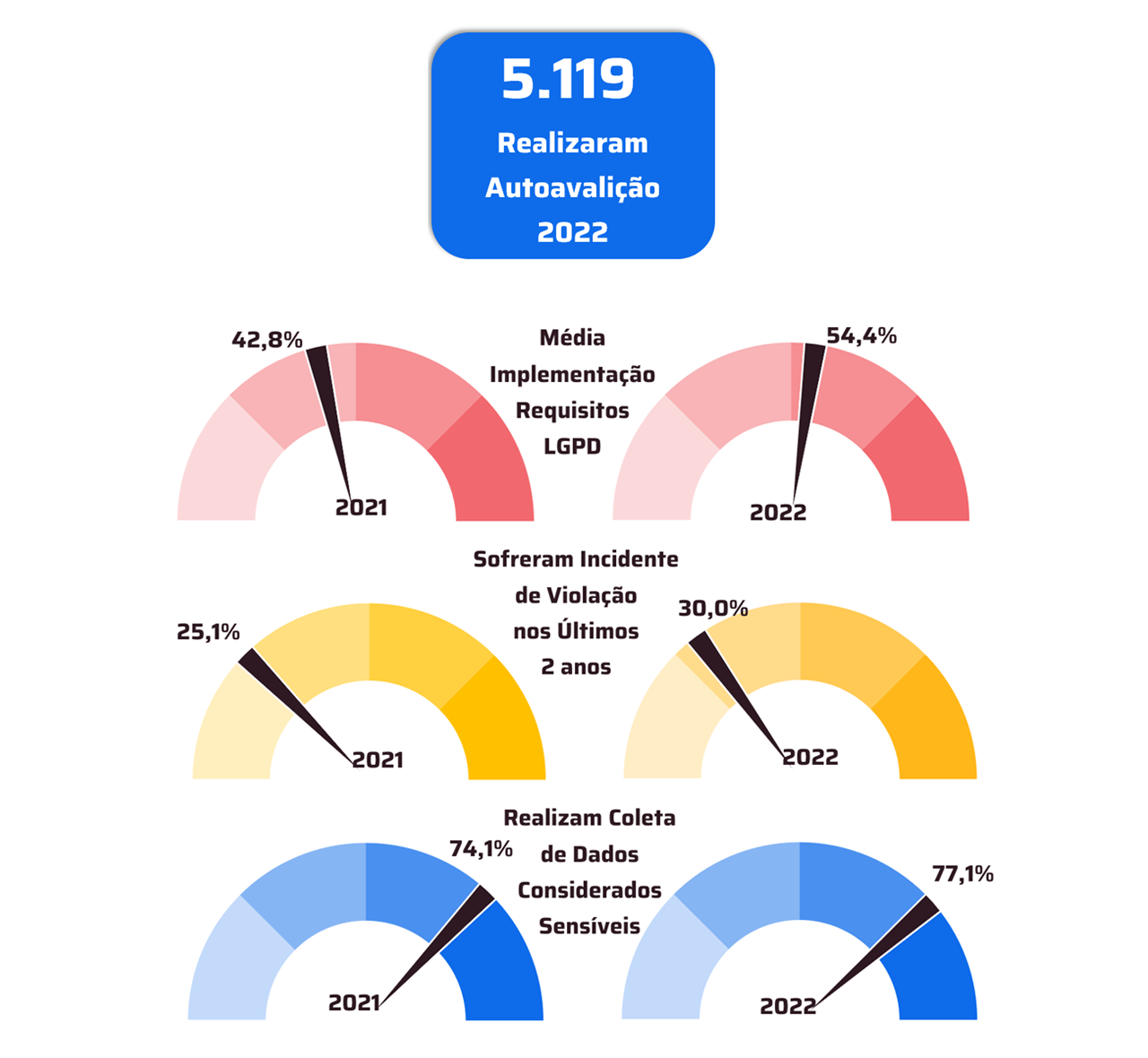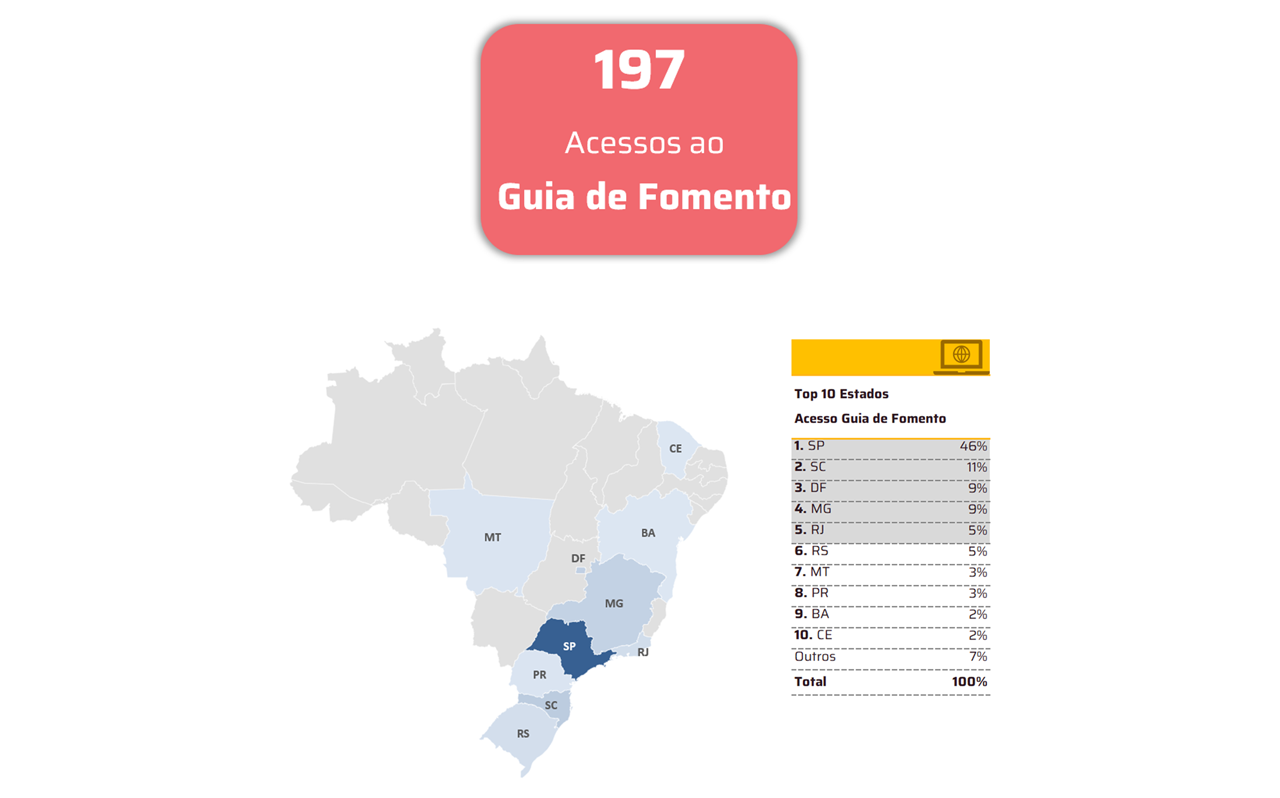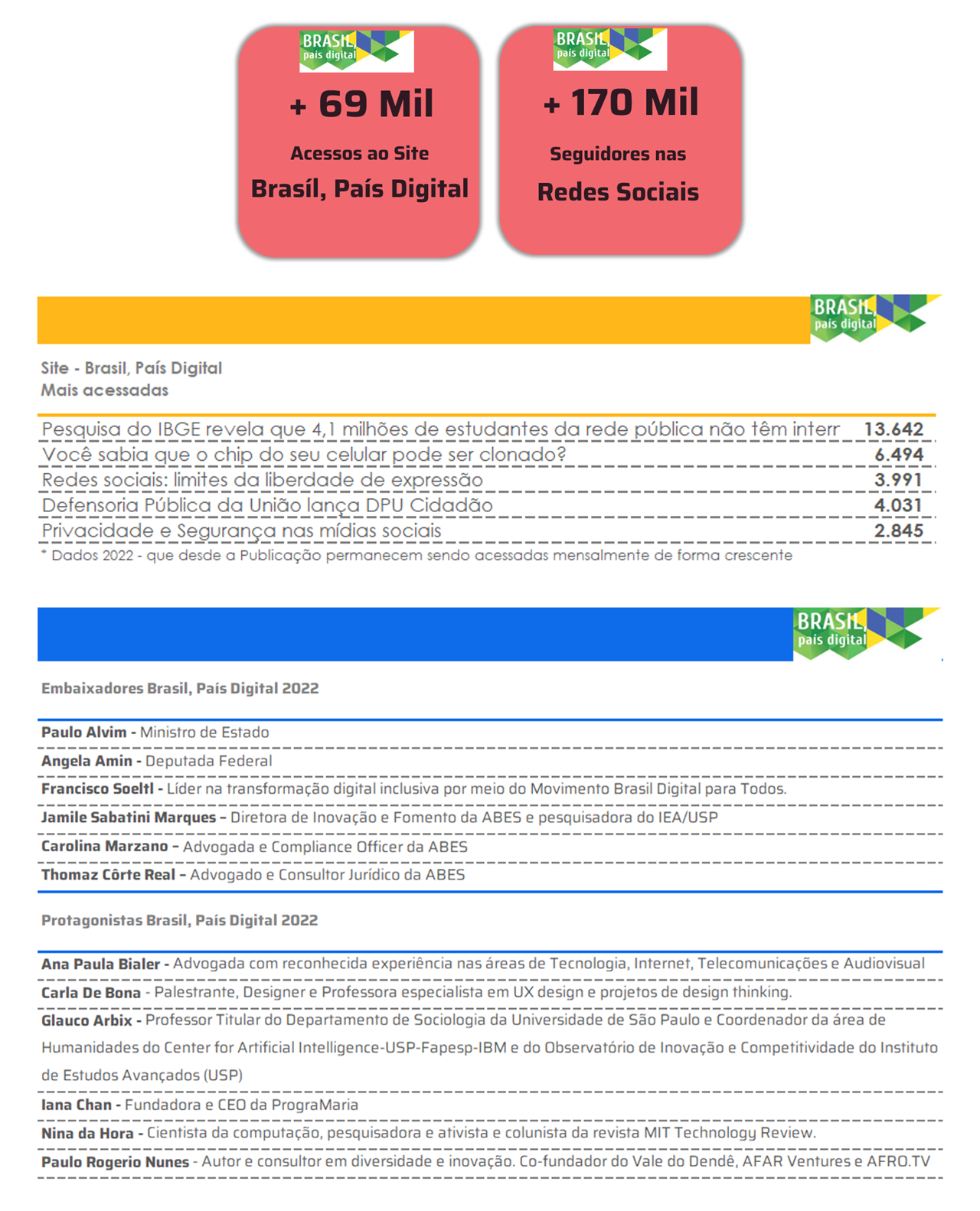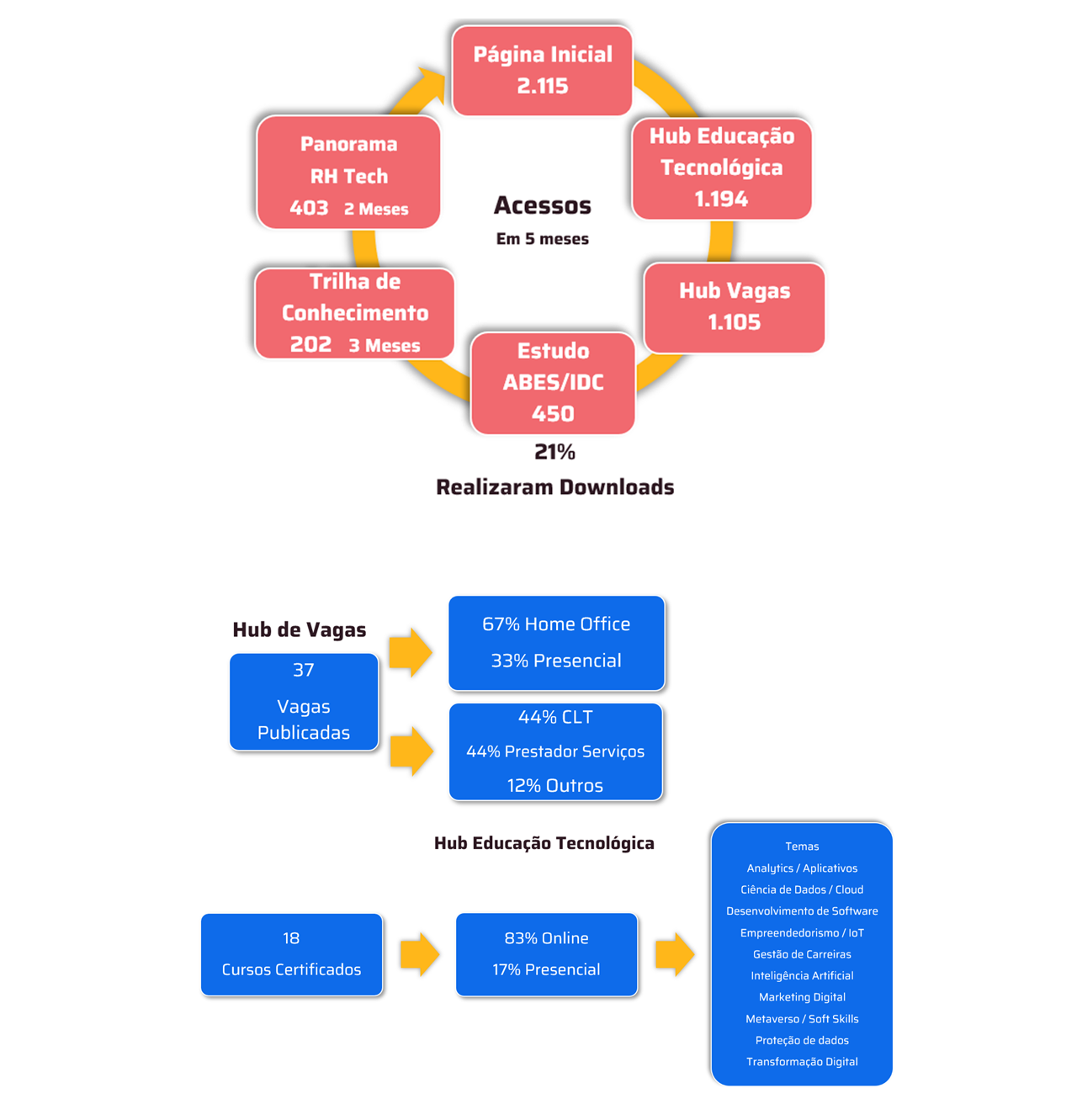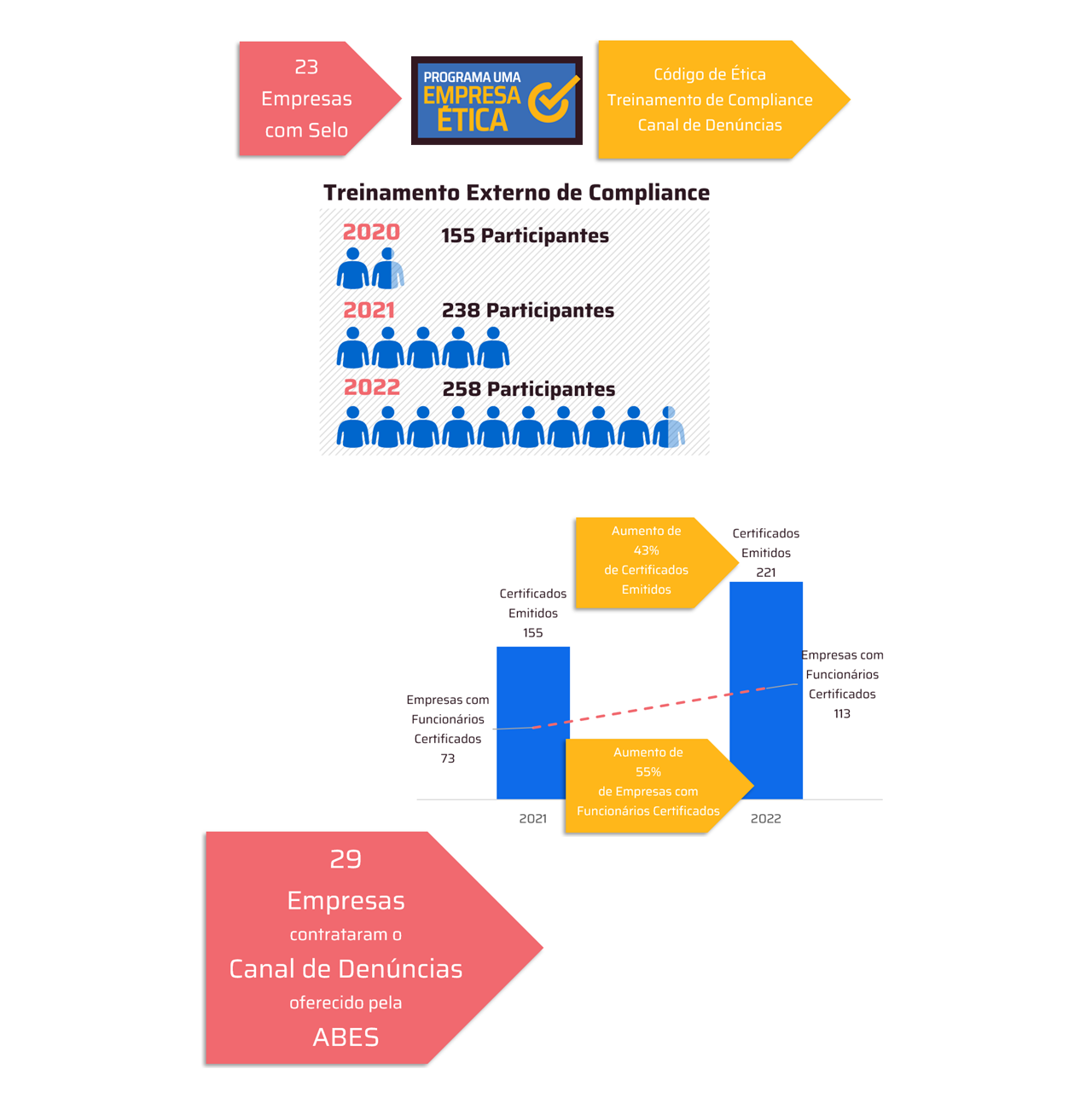AI won't replace all jobs or end civilization, but it will help businesses make better decisions

Artificial intelligence (AI) is everywhere. And many stories emerge about his promises and threats. Will the potential of AI be realized next year? SAS, a leader in AI and analytics, asked company executives to make predictions about trends and key business and technology developments in AI for 2024. Below are some of their predictions.
Visit the prediction page for AI in 2024 and read more about trends and expectations.
Generative AI will augment (not replace) a comprehensive AI strategy
“The technology of Generative AI It does a lot of things, but it doesn't do everything. By 2024, organizations will no longer view generative AI as a stand-alone technology and will integrate it as a complement to industry-specific AI strategies. In banks, simulated data for stress testing and scenario analysis will help predict risks and avoid losses. In healthcare, it will be used to generate personalized treatment plans. In manufacturing, generative AI can simulate production to identify improvements in quality, reliability, maintenance, energy efficiency and yield.” – Bryan Harris, CTO of SAS.
[Note: In 2023, the SAS committed US$ 1 billion in industry-specific AI solutions.]
Artificial intelligence will create jobs
“In 2023, there was a lot of concern about the jobs that AI could eliminate. In 2024, the conversation will focus on the jobs it will create. A good example is the prompt engineering, which links the potential of a model to its real-world application. AI helps professionals of all levels and functions to be more effective and efficient. And while new AI technologies may cause some short-term instability in the job market, in 2024 and beyond, they will also be responsible for creating a variety of jobs and new roles that will help drive economic growth.” – Udo Sglavo, vice president of advanced analytics at SAS.
AI will improve responsible marketing
“As marketers, we must consciously practice responsible marketing. Some of its facets are the possibility of AI fallibility and the alert to possible prejudices that go unnoticed. While artificial intelligence offers the promise of better marketing campaigns and sophisticated advertising, we know that biased data and models generate biased results. In SAS marketing, we are implementing models that are like a list of ingredients for AI. In both the creation and application of AI, we are responsible for the impacts. Therefore, all marketing professionals, regardless of technical knowledge, can review these models and check whether the algorithms are efficient and correct, and adjust them as needed.” – Jennifer Chase, SAS CMO.
Financial Institutions Will Embrace AI Amid a Dark Age of Fraud
“Even if consumers signal a increased fraud surveillance, generative AI and technology Deepfake help criminals perfect their multimillion-dollar craft. Messages from phishing are more sophisticated. Fake websites look absolutely legitimate. It is possible to clone a voice with mere seconds of audio and simple online tools. We are entering the Dark Age of Fraud, and banks and credit card companies are chasing losses with the adoption of AI – encouraged, of course, by regulatory changes that force financial institutions to take more responsibility for high APP scams (authorized automatic payments ) scams and other frauds. – Stu Bradley, SAS senior vice president of risk, fraud and compliance.
“Shadow AI” will challenge the CIO
“CIOs have suffered from “shadow IT” in the past and now face “shadow AI” – solutions used or developed within organizations without official authorization or monitoring from the IT area. Well-intentioned employees will increasingly use generative AI tools to increase productivity. And CIOs will enter the daily battle against adopting some of these tools and setting barriers to protect the organization from the associated risks.” – Jay Upchurch, CIO at SAS.
Multimodal AI and AI simulation set to reach new horizons
“The integration of text, image and audio into a single model is the new horizon of generative AI. Known as multimodal AI, it processes a greater variety of inputs simultaneously, which enables more context-centric applications for more efficient decision making. An example will be the generation of 3D objects, environments and spatial data, which will have applications in augmented reality (AR), virtual reality (VR) and simulation of complex physical systems such as digital twins.” – Marinela Profi, AI and generative AI strategy consultant at SAS.
The adoption of digital twins will accelerate
“Technologies such as AI and IoT [Internet of Things] analytics power important sectors of the economy, including manufacturing, energy and the public sector. Factory floor workers, as well as executives, use these technologies to transform enormous volumes of data into better, faster decisions. In 2024, the adoption of artificial intelligence and IoT analytics will be accelerated with the expanded use of digital twins, which analyze operational and sensor data in real time and create replicas of complex systems, such as factories, smart cities and electrical grids. With digital twins, organizations optimize operations, improve production quality, increase safety and reliability, and reduce emissions.” – Jason Mann, vice president of IoT at SAS.
Insurers will tackle climate risks with the help of AI
“After decades of anticipation, climate change has stopped being a speculation and has become a real threat. Global insurer losses from natural disasters exceeded US$130 billion in 2022, and across the world they are feeling the pinch. US insurers, for example, are under scrutiny for rising premiums and withdrawing from hard-hit states such as California and Florida, leaving thousands of consumers in the lurch. To survive this crisis, insurers will increasingly adopt AI to harness the immense potential of data storage and increase liquidity and competitiveness. In addition to gains from dynamic premium pricing and risk assessment, AI will help them automate and improve claims processing, fraud detection, customer service and more.” – Troy Haines, senior vice president of risk research and quantitative solutions at SAS.
AI will gain relevance in government
“The workforce implications of AI will begin to weigh on public agencies. Governments have had great difficulty attracting and retaining talent in AI as specialized professionals demand high salaries, however, they will start to recruit specialists more aggressively to support regulatory actions. And, just like private companies, the public sector will also start turning to AI and analytics to increase productivity, automate mundane tasks and mitigate talent shortages.” – Reggie Townsend, vice president of SAS' data analytics practice.
Generative AI will bolster healthcare
“To advance healthcare and improve the patient experience, organizations will continue to develop generative AI-powered tools for personalized medicine in 2024, such as creating patient-specific avatars in clinical trials and creating personalized treatment plans. . Furthermore, we will see the emergence of systems based on generative AI to support clinical decisions and guide patients, healthcare professionals and pharmaceutical companies in real time.” – Steve Kearney, SAS global medical director.
Deliberate implementation of AI will be decisive for insurers
“By 2024, one in every 100 large global insurers will exit the market as a consequence of too rapid implementation of generative AI. Currently, insurers are implementing autonomous systems at breakneck speed, without any adaptations to their business models, in the hope that the use of AI for rapid claims analysis will compensate for the last few years of poor results. However, after the 2023 layoffs, teams will be too dispersed for adequate oversight of ethical AI implementation at scale. The myth of AI as a cure-all will trigger thousands of poor business decisions that will lead to corporate collapse, which could irreparably damage consumer and regulatory trust.” – Franklin Manchester, global insurance strategy consultant, SAS
Public health powered by academic AI
“Public health is modernizing at an unprecedented pace. Whether in causes such as overdoses or attention to flu cases, using data to predict interventions has become essential. Forecasting and modeling are becoming the basis of public health work, but the government needs help. This is where the academic world comes in. We will see an increase in the number of academic researchers carrying out AI-driven modeling and forecasting for the benefit of public authorities. In the wake of COVID-19, it has become clear that protecting the population will require exceptional technology and collaboration.” – Dr. Meghan Schaeffer, SAS national public health and epidemiology consultant.
Want more?
Next year, you can talk to SAS executives about their predictions and explore the latest in AI and analytics at the SAS Innovate event, April 16-19, 2024, in Las Vegas. Open for subscriptions to receive conference updates and advance pricing.





